ICP Meaning in Sales: Using Ideal Customer Profiles for Cold Outreach
Learn how to create an ICP, use it for targeted outreach, and boost conversions with tools like Linkedly.
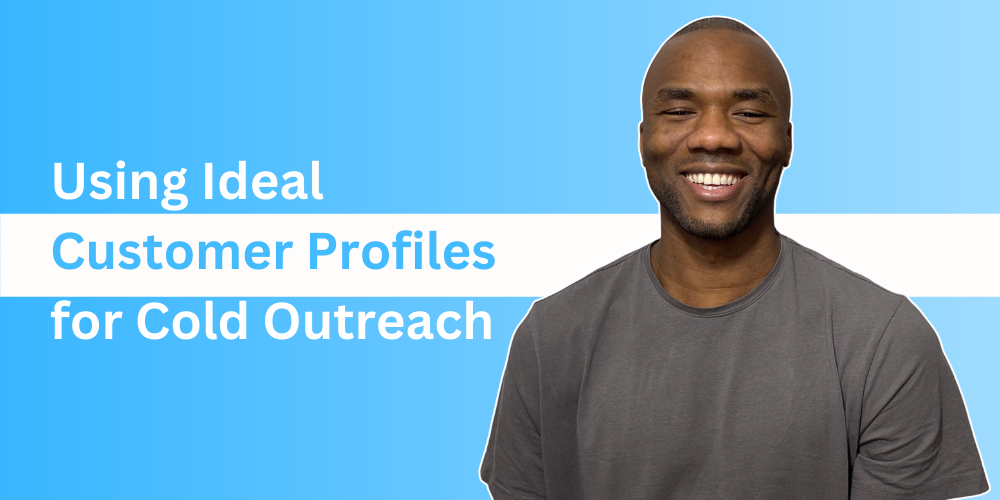
In the world of sales and marketing, not every lead is created equal.
To maximize your outreach efforts and close more deals, you need to focus on the right prospects.
That’s where an Ideal Customer Profile (ICP) comes in. But what exactly is an ICP, and how can it transform your sales and marketing strategies?
What is ICP? Definition and Meaning
ICP (Ideal Customer Profile) is a detailed description of the perfect customer for your product or service.
It outlines the characteristics of companies or individuals who are most likely to benefit from what you offer and become long-term, high-value customers.
An ICP typically includes:
- Firmographics: Industry, company size, revenue, location, etc.
- Technographics: Tools and technologies they use.
- Pain Points: Challenges they face that your product can solve.
- Goals: Objectives they aim to achieve.
For example, an ICP for a SaaS company might look like this:
- Industry: E-commerce
- Company Size: 50-200 employees
- Revenue: 1M−10M annually
- Location: United States
- Pain Points: Inefficient inventory management
- Goals: Streamline operations and reduce costs
ICP vs. Buyer Persona: What’s the Difference?
While an ICP focuses on the company level, a Buyer Persona zooms in on the individual decision-makers within those companies.
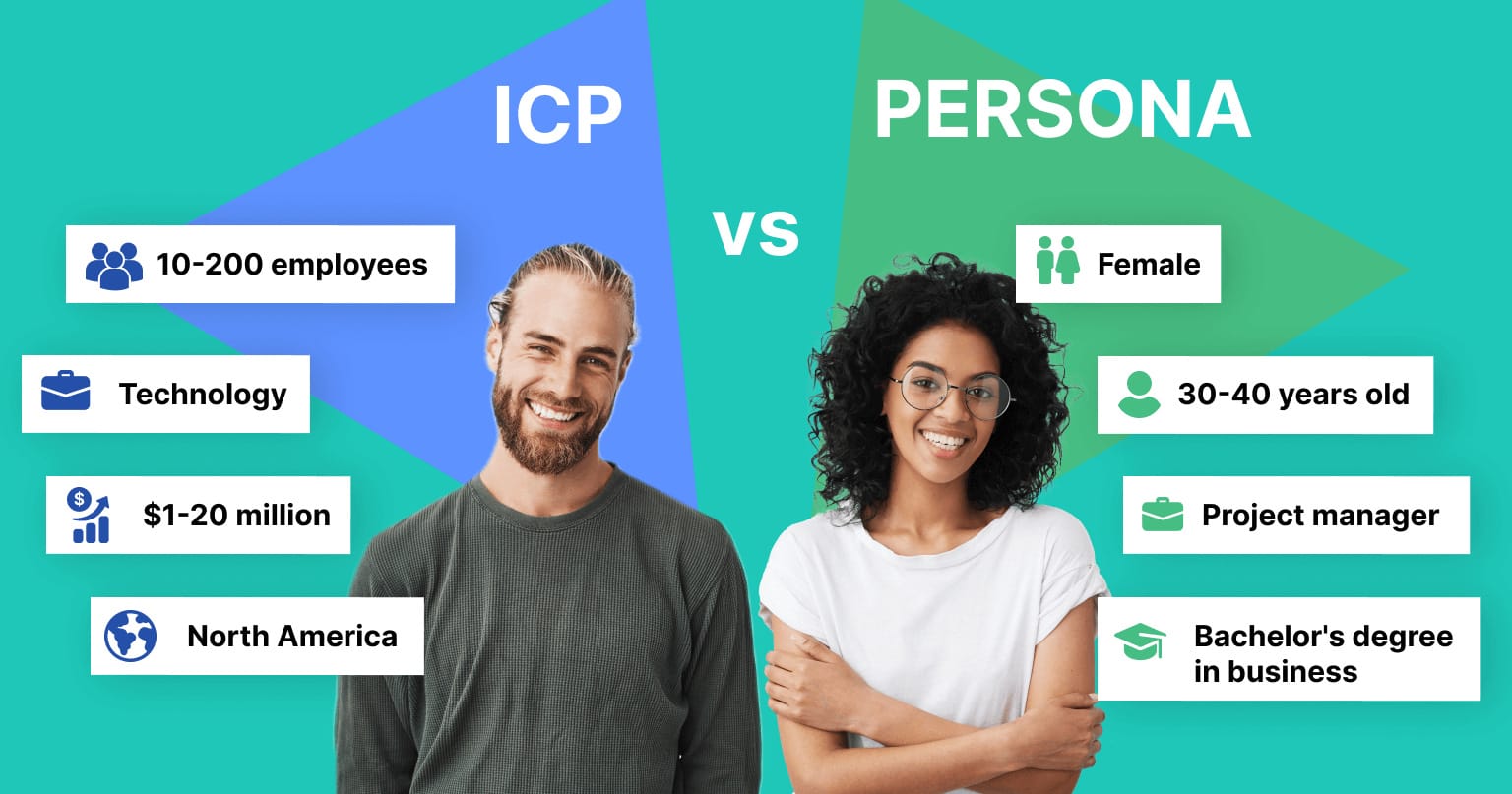
- ICP: Describes the ideal company (e.g., a mid-sized e-commerce business in the U.S.).
- Buyer Persona: Describes the ideal individual (e.g., John, a 40-year-old operations manager who values efficiency and is tech-savvy).
Both are essential for creating targeted and effective sales and marketing strategies.
Why is ICP Important? 7 Key Benefits
- Laser-Focused Outreach:
An ICP helps you prioritize high-value prospects, saving time and resources. - Relevant Lead Generation:
By filtering out irrelevant leads, you can focus on prospects who are more likely to convert. - Effective Lead Segmentation:
Segment your leads based on shared characteristics to create personalized outreach campaigns. - Channel Optimization:
Identify the platforms your ideal customers use (e.g., LinkedIn, email) and focus your efforts there. - Personalized Messaging:
Tailor your communication to address specific pain points and goals, making your outreach more impactful. - Clear Qualification Criteria:
Define what makes a lead marketing-qualified (MQL) or sales-qualified (SQL) to streamline your pipeline. - Improved Performance:
Well-defined ICPs lead to higher conversion rates, better ROI, and stronger customer relationships.
How to Create an ICP: Step-by-Step Guide
- Analyze Your Best Customers:
Identify your most successful clients and look for common traits (e.g., industry, size, revenue). - Define Firmographics:
Outline the characteristics of your ideal company, such as location, revenue, and employee count. - Identify Pain Points and Goals:
Understand the challenges your ideal customers face and how your product can help them achieve their goals. - Map Out Technographics:
Determine the tools and technologies your ideal customers use. - Create Buyer Personas:
Develop profiles of the key decision-makers within your ICP companies. - Validate Your ICP:
Test your ICP by analyzing whether it aligns with your current customer base and sales performance.
How to Use ICP for Sales Outreach
Once you’ve defined your ICP, it’s time to turn it into actionable outreach strategies. Here’s how:
1. Use LinkedIn Sales Navigator

- Filter prospects based on your ICP criteria (e.g., industry, job title, company size).
- Use advanced filters like “Changed jobs recently” to target decision-makers who may be open to new solutions.
2. Personalize Your Outreach
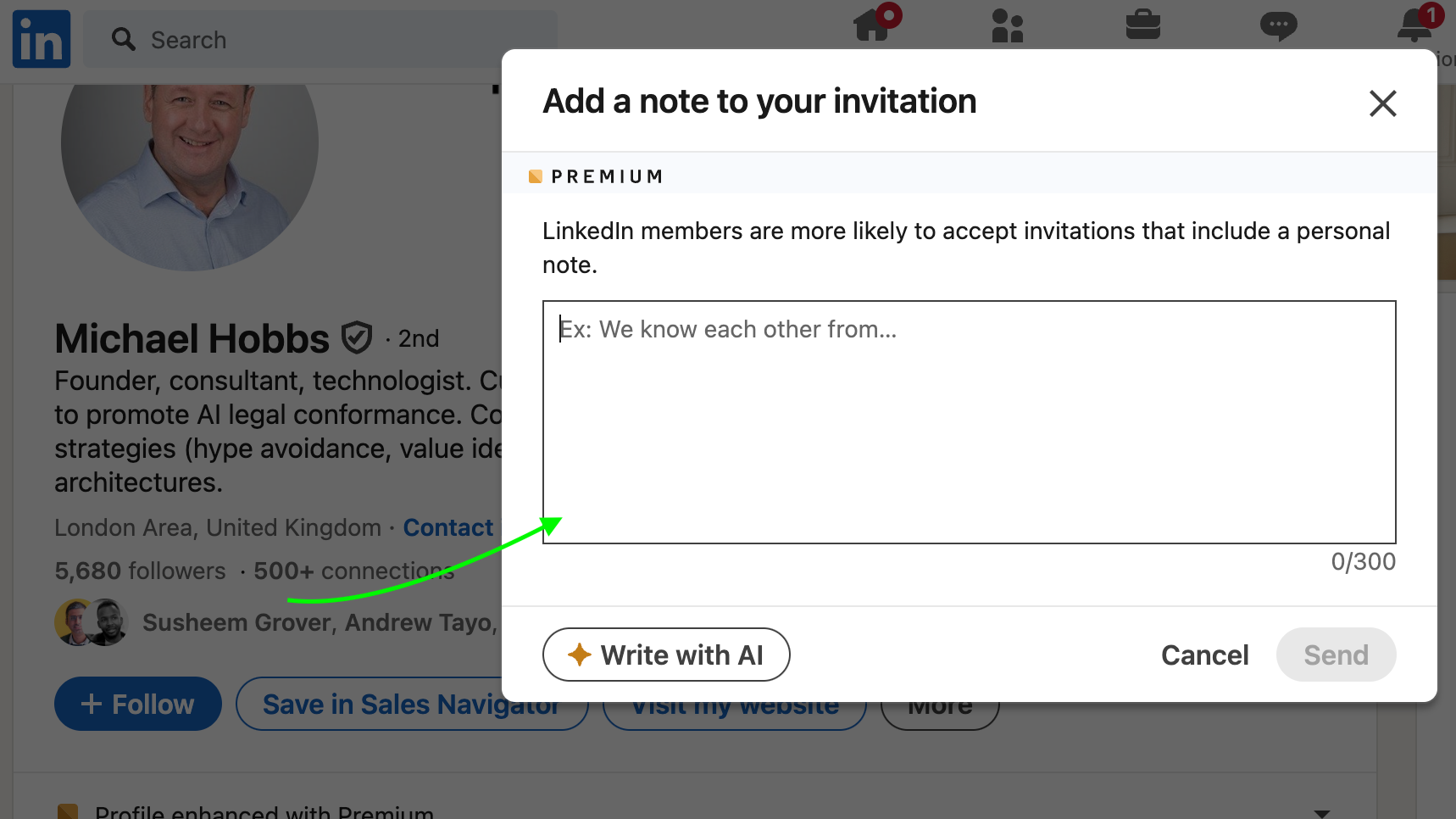
- Reference shared interests, recent achievements, or pain points in your messages.
Example:
3. Leverage Tools Like Linkedly by Connecting Your LinkedIn Account

- Log in to your Linkedly dashboard.
- Click on Connect LinkedIn Account and follow the prompts to authorize Linkedly to access your LinkedIn profile.
- This allows Linkedly to automate actions like sending connection requests, messages, and endorsements on your behalf.
Supercharge Your Lead Generation
Automate your outreach effortlessly with Linkedly.
Try Linkedly for Free4. Import Your ICP Using the "Prospects" Section
Linkedly’s Prospects section makes it easy to import and organize your ideal customers. Here’s how:
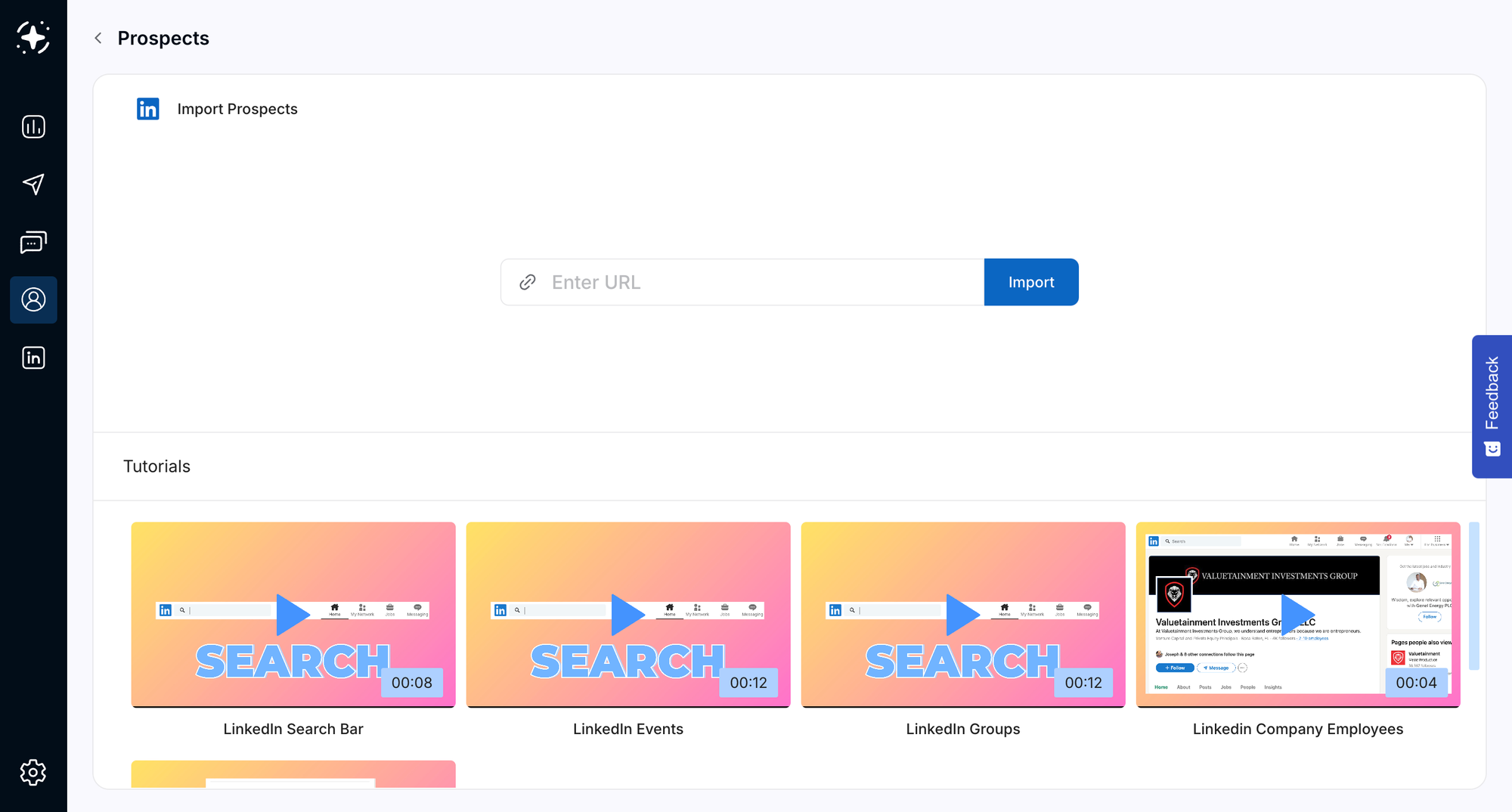
In the Prospects section, you can paste links from:
- LinkedIn Groups: Import members of relevant LinkedIn groups.
- LinkedIn Posts Reactors: Import users who have engaged with specific posts.
- LinkedIn Events: Import attendees of relevant events.
- Sales Navigator: Import filtered leads from LinkedIn Sales Navigator.
- Company Pages: Import employees or decision-makers from target companies.
- Linkedin (People) Search bar: Import users using standard LinkedIn search
5. Create Your First Campaign
Linkedly’s Campaigns feature allows you to automate and optimize your outreach efforts. Here’s how to set up your first campaign:
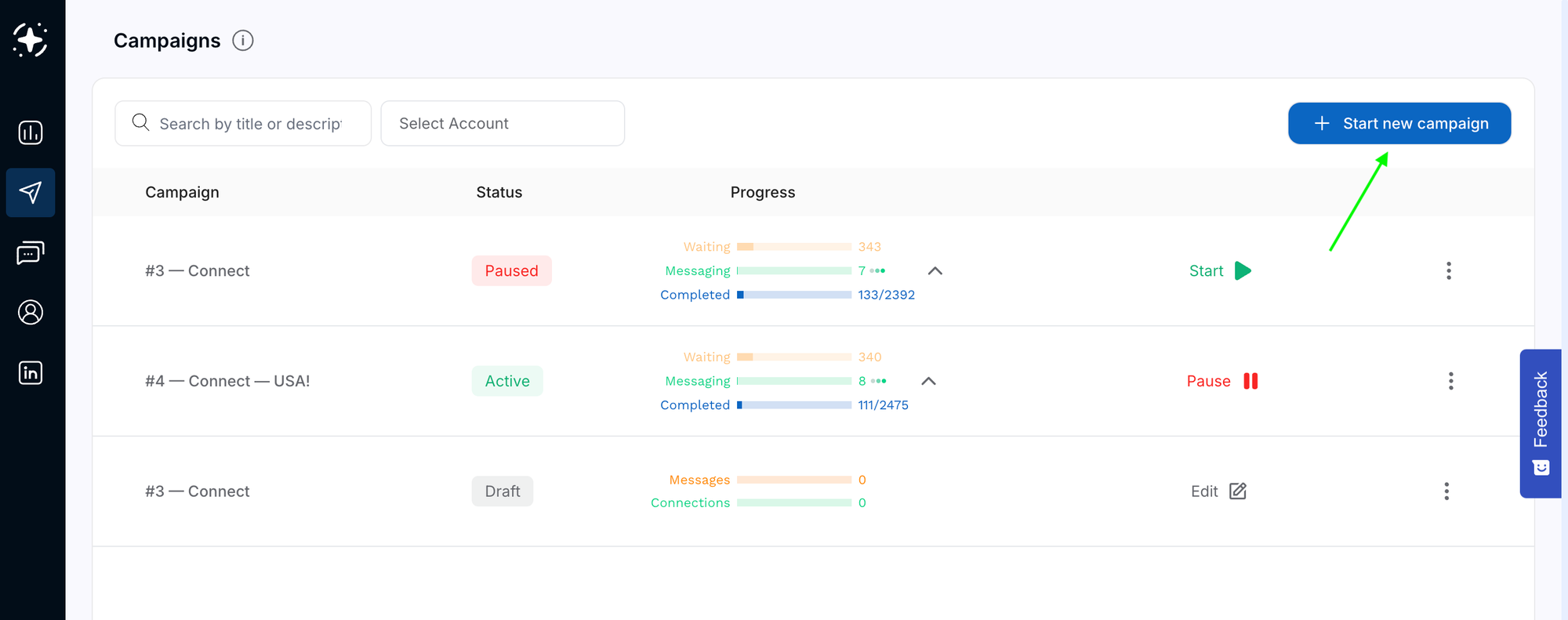
A/B Test Messages:
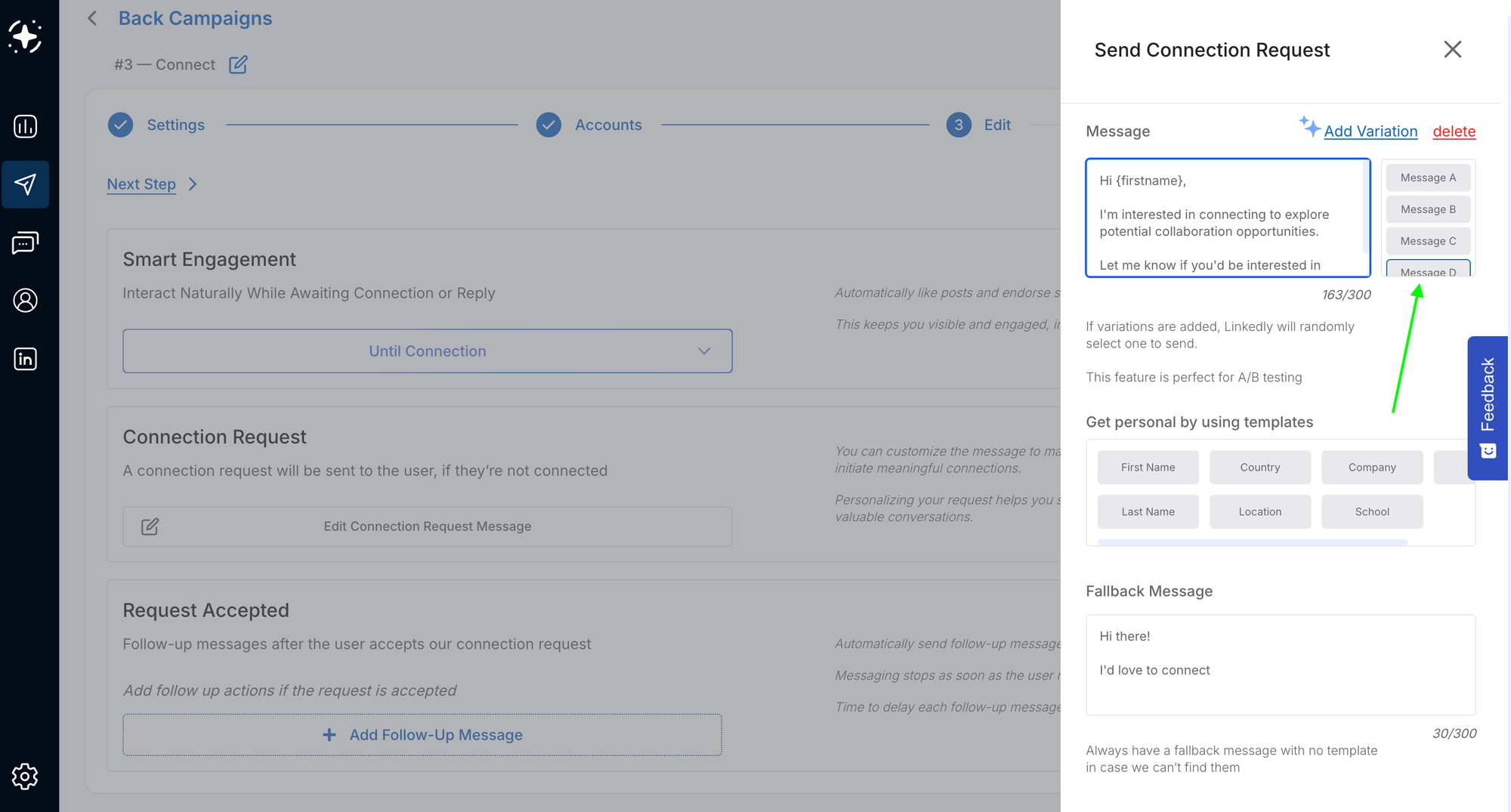
- Create multiple versions of your outreach messages to test which performs best.
- For example, test a formal message vs. a casual one to see which gets more responses.
Enable Auto-Engagement:
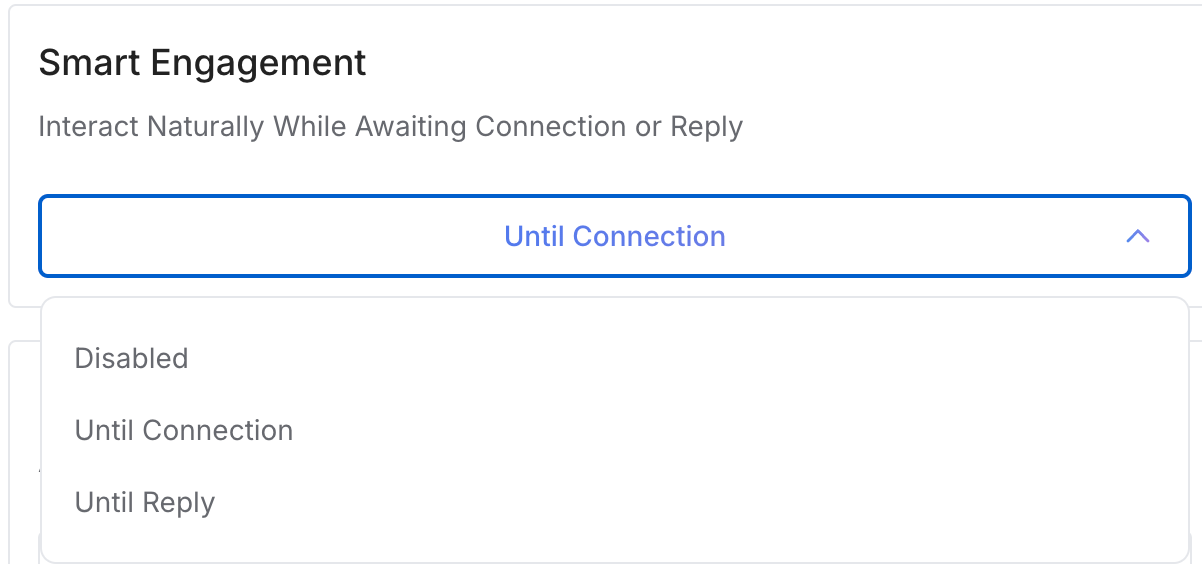
- Turn on Auto-Engagement to let Linkedly automatically react to prospects’ posts and endorse their skills.
- This helps you stay visible and build rapport without manual effort.
Set Up Follow-Up Messages:
Create a sequence of follow-up messages to send if your initial message goes unanswered.

Example / Message 1:
Follow-Up 1:
Follow-Up 2:
Finally Launch Your Campaign!
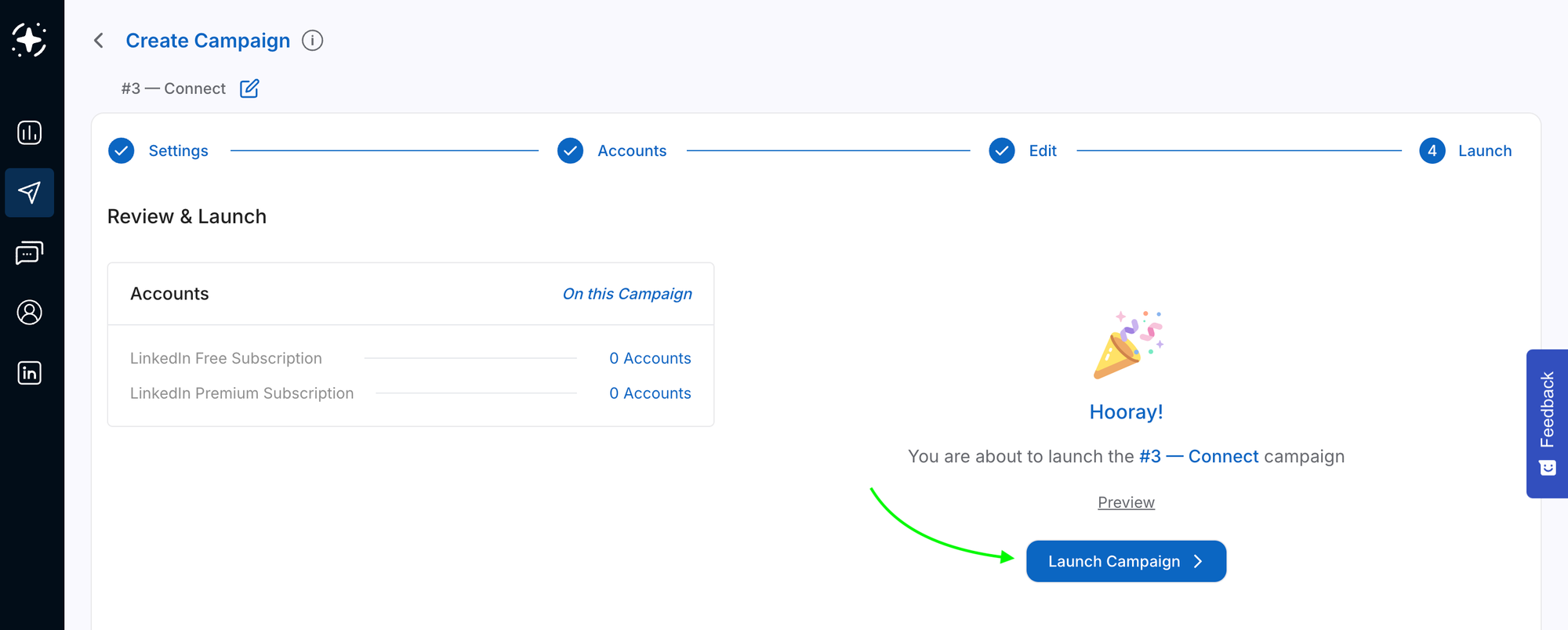
- Once your campaign is set up, click Launch Campaign.
- Linkedly will automatically send connection requests, messages, and follow-ups based on your settings.
6. Monitor and Optimize Your Campaigns
Linkedly provides detailed analytics to help you track and improve your outreach performance:
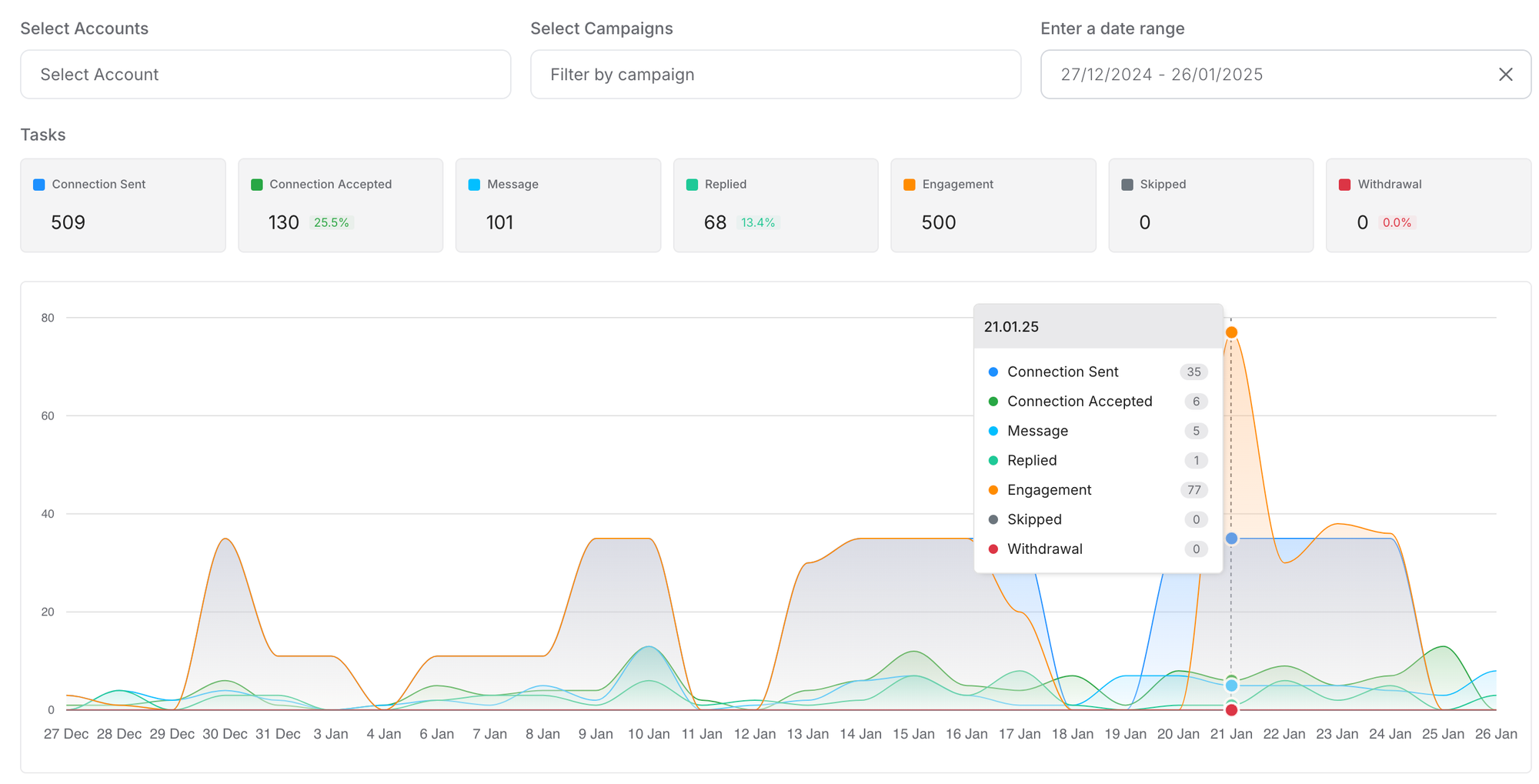
- Track Engagement Metrics:
- Monitor metrics like connection acceptance rates, message response rates, and profile views.
- Identify which messages and strategies are working best.
- Refine Your ICP and Messaging:
- Use the data to tweak your ICP and outreach approach.
- For example, if prospects from a specific industry respond more, focus your efforts there.
- Scale Your Outreach:
- Once you’ve optimized your campaigns, scale them to reach more prospects.
- Use Linkedly’s automation features to handle larger volumes without losing personalization.
Why Linkedly is a Game-Changer
- Saves Time: Automates repetitive tasks like sending connection requests and follow-ups.
- Boosts Engagement: Auto-engagement features keep you visible and build relationships.
- Improves Results: A/B testing and analytics help you refine your approach for better outcomes.
Real-Life ICP Use Cases
Case 1: Targeting SaaS Companies
- ICP: SaaS companies with 50-200 employees, using Zoho CRM, and looking to scale operations.
- Outreach Strategy: Use LinkedIn Sales Navigator to filter prospects and send personalized messages highlighting how your product integrates with Zoho CRM.
Case 2: Engaging E-Commerce Businesses
- ICP: E-commerce businesses with 1M−10M revenue, struggling with inventory management.
- Outreach Strategy: Use Linkedly to automate LinkedIn outreach, focusing on how your solution can streamline inventory processes.
Conclusion
An Ideal Customer Profile (ICP) is a powerful tool for aligning your sales and marketing efforts with the right prospects.
By defining your ICP, you can focus on high-value leads, personalize your outreach, and ultimately close more deals.
Tools like Linkedly make it easier than ever to turn your ICP into actionable outreach strategies, ensuring you connect with the right people at the right time.
Ready to take your outreach to the next level? Start building your ICP today and watch your sales soar!
Supercharge Your Lead Generation
Automate your outreach effortlessly with Linkedly.
Try Linkedly for Free